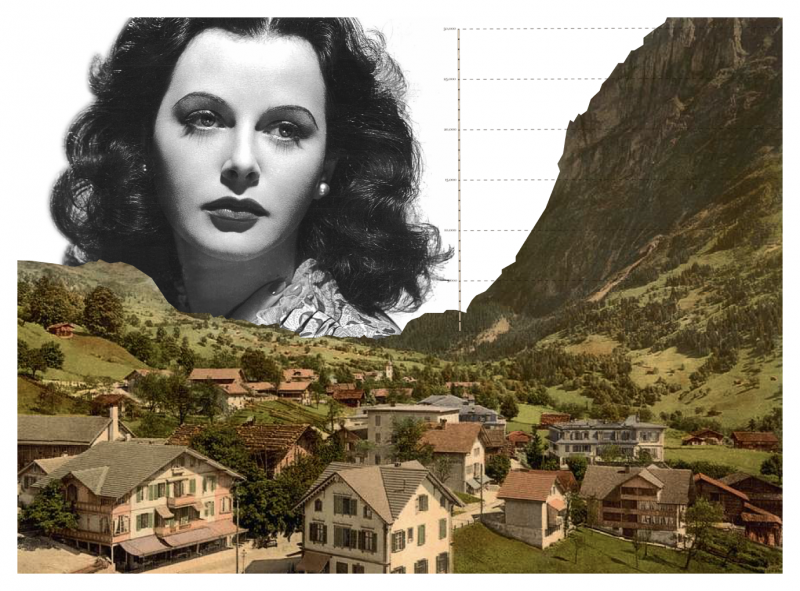Seeking (Higher) Middle Ground
Posted on November 23, 2021
As the semester moves from “what” and “why” into “how”, I’m noticing that the great cliffs that separate me from where I am and where I think I want to be are riddled with different paths — more than anticipated.
The paths lead me to different destinations within my desired altitudinal zone. Each destination has a different combination of values that mean the most to me — personal time, community involvement, comfort, positive impact, and stimulation.
I see the paths, but I can’t see the destinations to which they go. I hope there is one that leads to a happy balance of all of the qualities I desire.
A more detailed inspection of the “how” we’re discussing in class makes me wonder if that balance is achievable. There are so many contrasting, valid opinions on how design should be practiced. Ahmed Ansari, author of Decolonization, the History of Design, and the Designs of History, talks of how design, business, and education should be decoupled from the current dominant western narrative and focused towards community or regional traditions and history in order to preserve non-western ontologies and expand the idea of best practice [1].
I’m very interested in this concept as it relates to “degrowth”, borrowed from Escobar’s writings [2], where societies turn away from the emerging universal standards of being and doing and return to the pluriversal standards established at the beginnings of humanity. While many argue this is more sustainable (environmentally and culturally), is it possible? Is it desired? The world is so cosmopolitan these days. Is it best to prevent cross-cultural influence in order to preserve the way things have been done? If we do that, what new cultures will we prevent from emerging?
And of course, if this is the right answer, what does it mean for me? Would I have to continue to live and work within the restrictions of American capitalism? While I want to make a broader impact and learn methods of being from other places, I wouldn’t want this to come at the expense of other people or cultures. The scale seems to land on one side or the other. I’m almost desperately searching for the middle ground; a compromise that doesn’t diminish either point of view.
Perhaps this is the designer’s predicament — which path ends at the right balance of time for oneself, engagement with the community, intellectual stimulation, and adequate compensation, all while maintaining an equitable practice? I wish I could see the possibilities, but the cliffs are too high right now.
— EH
[1] Ansari, Ahmed. “Decolonisation, the History of Design, and the Designs of History.” Design History Society. Annual Conference.
[2] Escobar, Arturo. Designs for the Pluriverse. Duke University Press, 2018.